Introduction
The process industry, encompassing sectors such as chemical manufacturing, metallurgy, petroleum refining, pharmaceuticals, and food production, operates on large-scale continuous production systems. Due to the high energy demands and resource consumption associated with these operations, optimizing efficiency and reducing energy consumption are crucial for cost reduction, environmental sustainability, and long-term industrial competitiveness. This article explores strategies for enhancing efficiency and conserving energy in the process industry through process optimization, energy management, digital transformation, equipment improvements, and regulatory compliance.
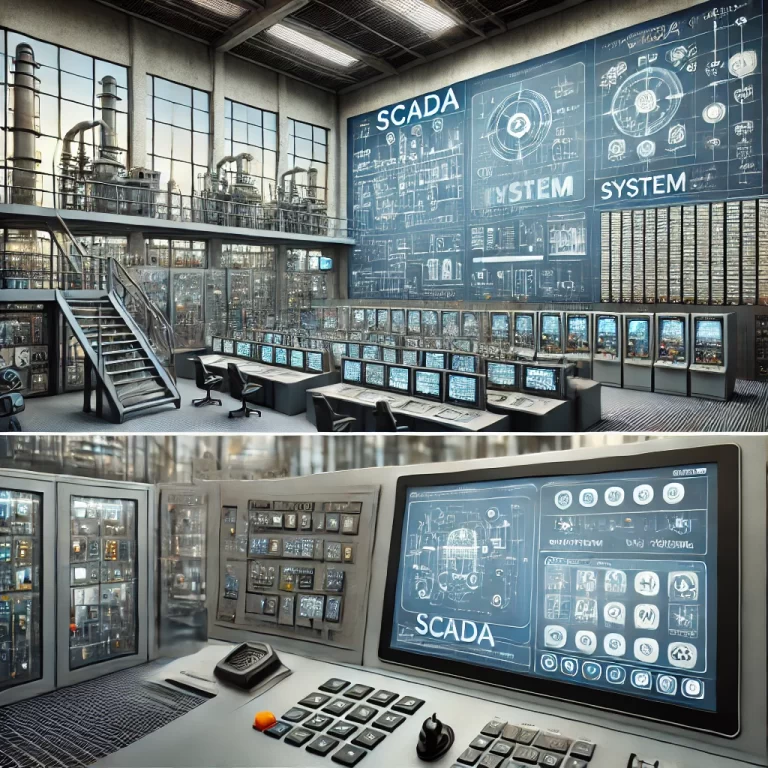
1. Process Optimization
1.1 Advanced Process Control (APC)
Advanced Process Control (APC) uses real-time data analytics and model-based predictive control to optimize production processes. By fine-tuning temperature, pressure, and flow parameters, APC minimizes variations and enhances operational stability, leading to reduced energy waste and improved product quality.
1.2 Process Integration
Process integration focuses on optimizing the interaction between different unit operations within a plant. One key approach is heat integration, which involves utilizing excess heat from one process to preheat raw materials in another, thereby reducing fuel consumption. Pinch analysis is a widely used technique for identifying opportunities for heat recovery and minimizing thermal energy losses.
1.3 Chemical and Process Engineering Innovations
Innovative chemical processes, such as catalytic improvements and reaction condition optimizations, contribute to higher reaction efficiencies. For example, employing novel catalysts can lower reaction temperatures, reducing energy requirements. Additionally, adopting continuous processing techniques instead of batch processing leads to better energy utilization and reduced waste generation.
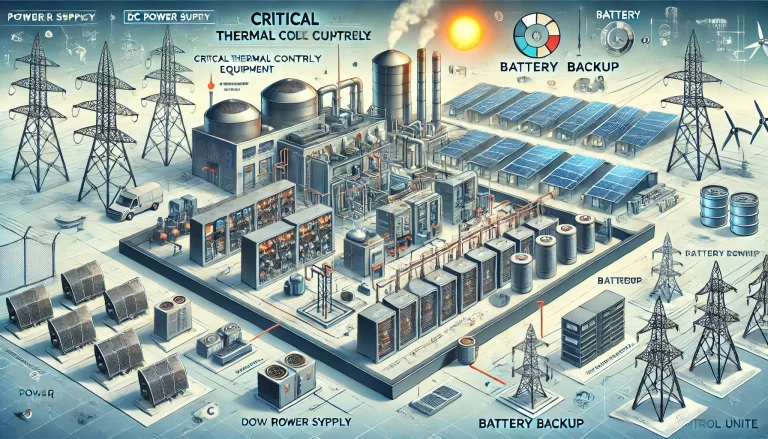
2. Energy Management and Optimization
2.1 Energy Efficiency Measures
Implementing energy-efficient equipment and upgrading older machinery with high-performance alternatives, such as high-efficiency heat exchangers, low-energy distillation columns, and advanced drying technologies, can significantly reduce overall energy consumption.
2.2 Renewable Energy Integration
Integrating renewable energy sources, such as solar thermal systems and biomass boilers, into industrial operations can supplement traditional energy sources and reduce dependence on fossil fuels. For example, waste biomass from the food processing industry can be converted into bioenergy, providing a sustainable power source.
2.3 Waste Heat Recovery
Recovering and reusing waste heat is a critical energy-saving strategy. Technologies such as organic Rankine cycles (ORC), thermoelectric generators, and heat exchangers capture excess thermal energy and convert it into useful work. Waste heat can also be used for district heating or power generation, further improving plant efficiency.
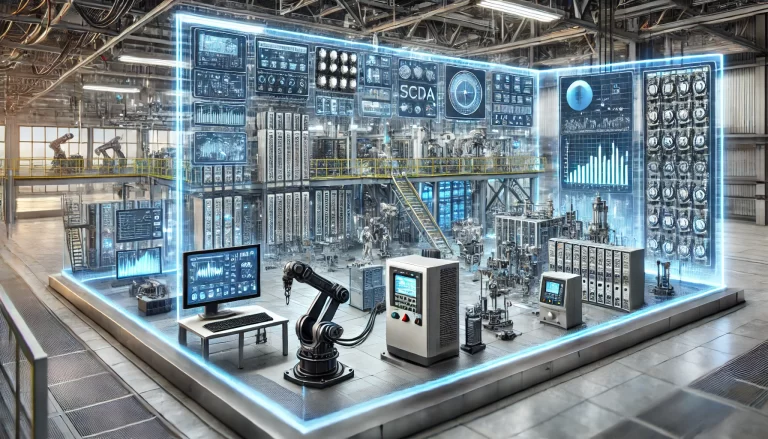
3. Digital Transformation and Smart Manufacturing
3.1 Industrial Internet of Things (IIoT)
The adoption of IIoT enables real-time monitoring of production processes, equipment performance, and energy usage. Sensors embedded in machinery collect data on temperature, pressure, and flow rates, which can be analyzed to detect inefficiencies and prevent downtime through predictive maintenance.
3.2 Artificial Intelligence (AI) and Machine Learning
AI-driven analytics help optimize manufacturing processes by identifying patterns in large datasets, predicting potential failures, and recommending adjustments to improve efficiency. Machine learning algorithms can continuously improve operational decision-making, reducing energy consumption and waste generation.
3.3 Digital Twin Technology
Digital twins are virtual replicas of physical assets that allow operators to simulate different production scenarios and predict outcomes without physical trials. This approach enables process optimization and energy savings by identifying the most efficient operating conditions before implementation.
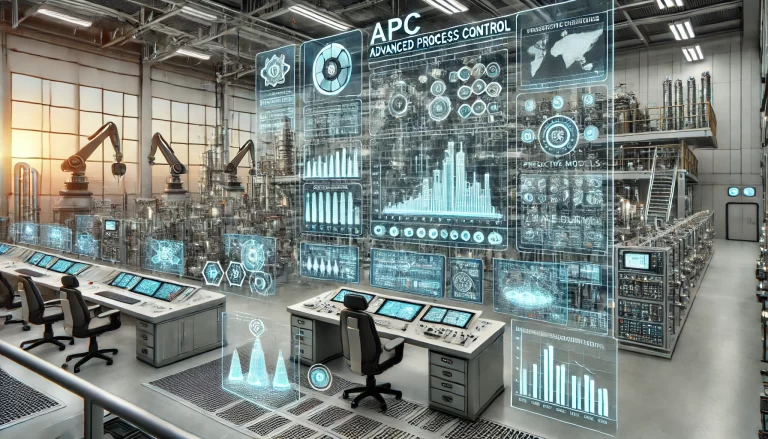
4. Equipment Optimization and Maintenance
4.1 Predictive and Preventive Maintenance
Regular maintenance improves equipment performance and prolongs lifespan, preventing inefficiencies caused by wear and tear. Predictive maintenance uses sensor data and AI-driven diagnostics to anticipate failures before they occur, minimizing unplanned shutdowns and reducing energy losses.
4.2 High-Efficiency Equipment Adoption
Replacing outdated machinery with energy-efficient alternatives—such as high-efficiency pumps, variable frequency drives (VFDs), and cogeneration systems—enhances energy performance. VFDs, for instance, optimize motor speed based on demand, preventing unnecessary power consumption.
4.3 Process Intensification
Process intensification involves redesigning production systems to achieve higher yields with lower energy inputs. Techniques such as microreactors, advanced separation technologies, and modular production units improve process efficiency while reducing energy demands.
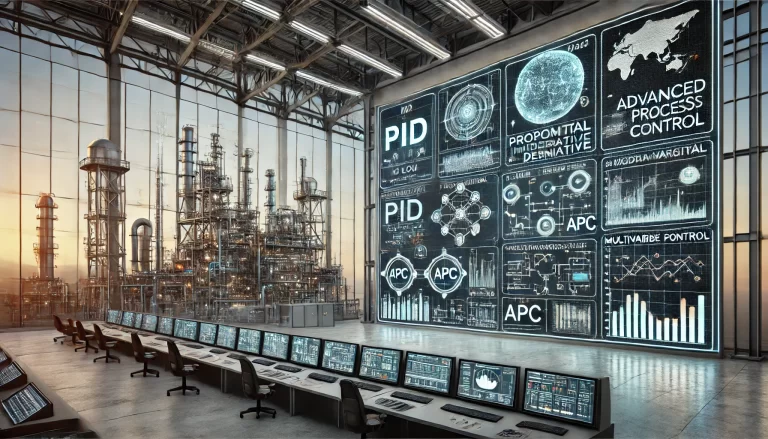
5. Regulatory Compliance and Sustainability Strategies
5.1 Energy Audits and Performance Benchmarking
Regular energy audits help identify inefficiencies and establish benchmarks for continuous improvement. Government regulations often mandate such audits, encouraging companies to implement best practices for energy conservation.
5.2 Carbon Emissions Reduction
Industries can reduce carbon footprints by optimizing fuel usage, transitioning to low-carbon alternatives, and participating in carbon trading schemes. Carbon capture and storage (CCS) technologies further contribute to reducing greenhouse gas emissions from industrial operations.
5.3 Circular Economy Practices
Adopting circular economy principles—such as recycling industrial byproducts, reusing process water, and implementing closed-loop manufacturing systems—minimizes resource waste and improves overall sustainability.
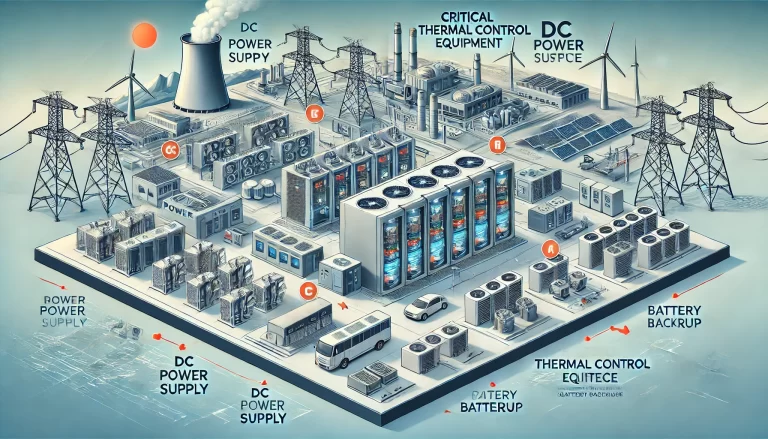
Conclusion
Enhancing efficiency and reducing energy consumption in the process industry requires a multifaceted approach that includes process optimization, energy management, digital transformation, equipment improvements, and adherence to sustainability practices. By leveraging advanced technologies and adopting energy-efficient strategies, industrial manufacturers can achieve greater profitability while minimizing environmental impact. As industries continue to evolve, integrating smart manufacturing solutions and sustainable energy sources will be essential for long-term success and competitiveness in a rapidly changing global market.
